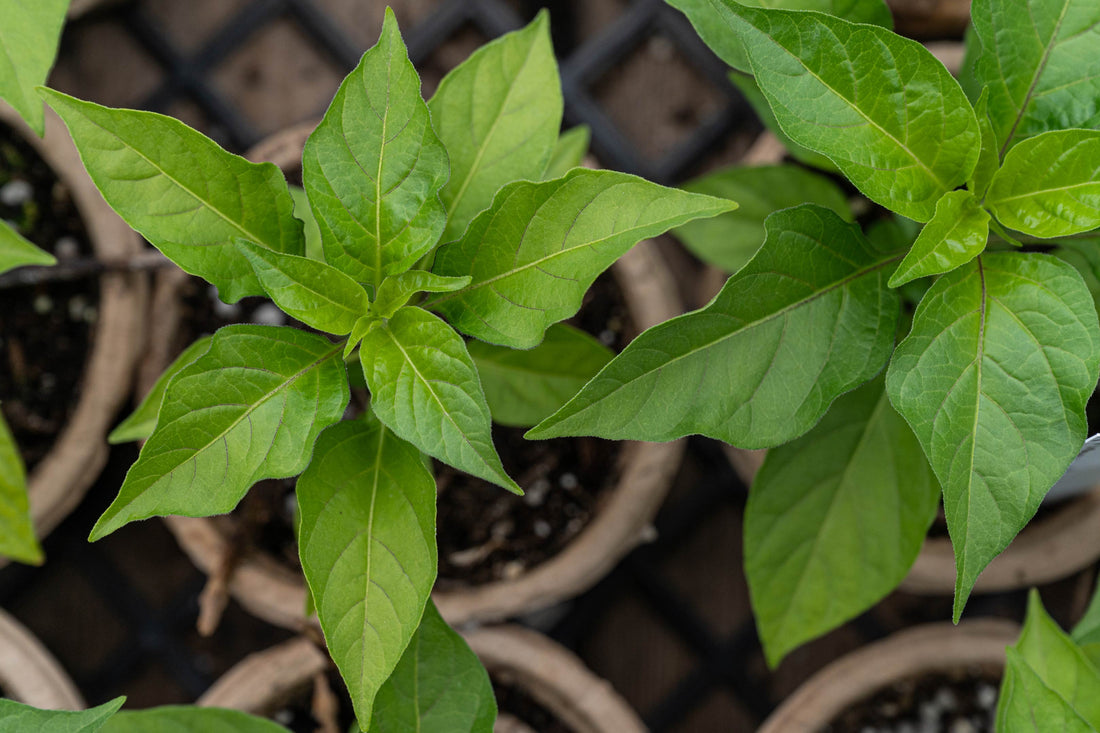If you have grown your own food, you are in on the secret…food tastes best when you were the one who nurtured it and grew it. You provided the space for it to thrive, your hands carefully seeded or transplanted, you were there when your plants needed water, you mulched them and pinched them carefully. Now you are tasting the difference between insipid supermarket food and your own nutrient dense vegetables or fruits. Perhaps part of the secret is psychological; maybe the reward of eating your own food is enhancing the flavour just as a sprinkle of sun blessed dill enhances a salad. But there are other factors to explain flavour...

Consider how quickly your own food can move from its growing environment to your plate. No supermarket can beat the freshness of your own grown food. Most supermarket produce is grown far away in unfamiliar places. It has spent time in dark coolers and boxed up on pallets, it has cruised along in trucks on busy highways, it was bounced about in warehouses and finally it rested hopefully on the shelves in the produce aisle where it had to endure patting and squeezing until at last it was selected as suitable for a “consumer.” We who grow our own food are never consumers; gastronomists maybe, savorers perhaps, or gourmands, but never consumers. Our food is too good to be consumed like common potato chips. Freshly picked food hasn’t had a chance to start deteriorating or losing flavour, but there are other factors that influence flavour.

Breeding programs for new hybrids are not focused on flavour, they are focused on production. Farmers are offered varieties that grow faster for a quick turn over, varieties that store well in a warehouse without looking the worse, varieties that don’t bruise in shipping to reduce losses, varieties that are resistant to pests and diseases and varieties that look attractive to maximise sales. It seems that most of the focus is to streamline large scale farming and that flavourful food has been taken out of the breeder’s equation. Available to home gardeners however, are many of the tasty heirloom varieties that were relished by their ancestors. Old varieties, often regional varieties, that had been passed down through the generations. We, home gardeners, get to choose the food we grow for its flavour! In fact, we can grow a chantenay carrot variety called “Big Ugly” because it tastes superb; never mind that it is short and stumpy.

Plants produce hundreds of different volatile organic compounds in small quantities to attract certain pollinators, or to ward off pests. These varying organic compounds like esters, terpenoids and alcohols are released from the plant to give the particular plant its distinct flavour and aroma. In very healthy plants these organic compounds will be found in higher concentrations resulting in better flavour. When a plant has its water and fertility needs met and it is performing at peak capacity, it will produce an abundance of these complex organic molecules enhancing the flavour and aroma of the plant. Ironically, the flavour compounds that are distasteful to insects are exactly what make plants taste better to us. The food that we’ve grown in microbially rich soil as nature intended, without the use of chemical herbicides, fungicides, pesticides and fertilisers , will always win in a taste test when placed beside the supermarket alternative.
In my intro, I said that you who grow your own food are in on the secret, but really, it must not be a secret. I would have every human on this planet be rewarded by the pleasure of growing their own food, even if they only produce a fraction of their nutritional needs. Why? Because nurturing plants gives joy and relieves stress. When we connect with the earth and the food it produces, we are a part of the great cycle of life, and that is truly a wholesome experience.


